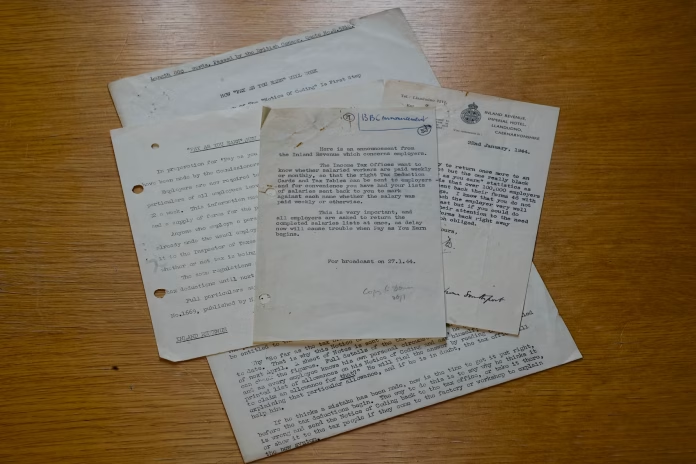It may seem like it has been around forever, but Pay As You Earn (PAYE) was actually introduced on 6 April 1944. The new streamline tax collection service which deducted by employers from either weekly or monthly wages replaced annual or twice-yearly tax collections.
The increased frequency of tax being collected also meant an employeeleaving work would be given a P45 recording his/her tax code number, pay to date and tax paid to pass on to the new employer.
Ahead of the new tax legislation coming into effect, HMRC – or the Inland Revenue as it was in 1944 – had to code employees so the correct tax was deducted from their salary. By the end of January 1944, 15 million people, those earning more than £100 a year, had received notices telling them their new tax code number.
Today, more than 30.5 million people pay Income Tax and National Insurance through PAYE, and employers share payroll information with HMRC in real-time.




